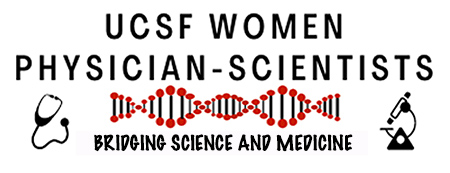
Christina Theodoris, MD, PhD
Our lab leverages cutting-edge machine learning and experimental genomics to map the gene regulatory networks disrupted in cardiovascular disease and discover network-correcting therapeutics. We develop machine learning models that leverage the unprecedented volume of transcriptomic and epigenomic data now available to gain a fundamental understanding of network dynamics that can be democratized to a vast array of downstream applications. Investigating the consequences of network rewiring that occurs in disease states uncovers the key mechanisms that coordinate gene transcription to ensure normal development and tissue maintenance. Furthermore, mapping the network dysregulation driving disease allows targeting normalization of central elements to treat the core disease mechanism rather than merely managing symptoms. We apply an innovative network-based framework for therapeutic discovery to cardiovascular disease to accelerate development of much-needed treatments for patients as well as to advance our fundamental understanding of the regulatory circuitry governing human development and disease.
